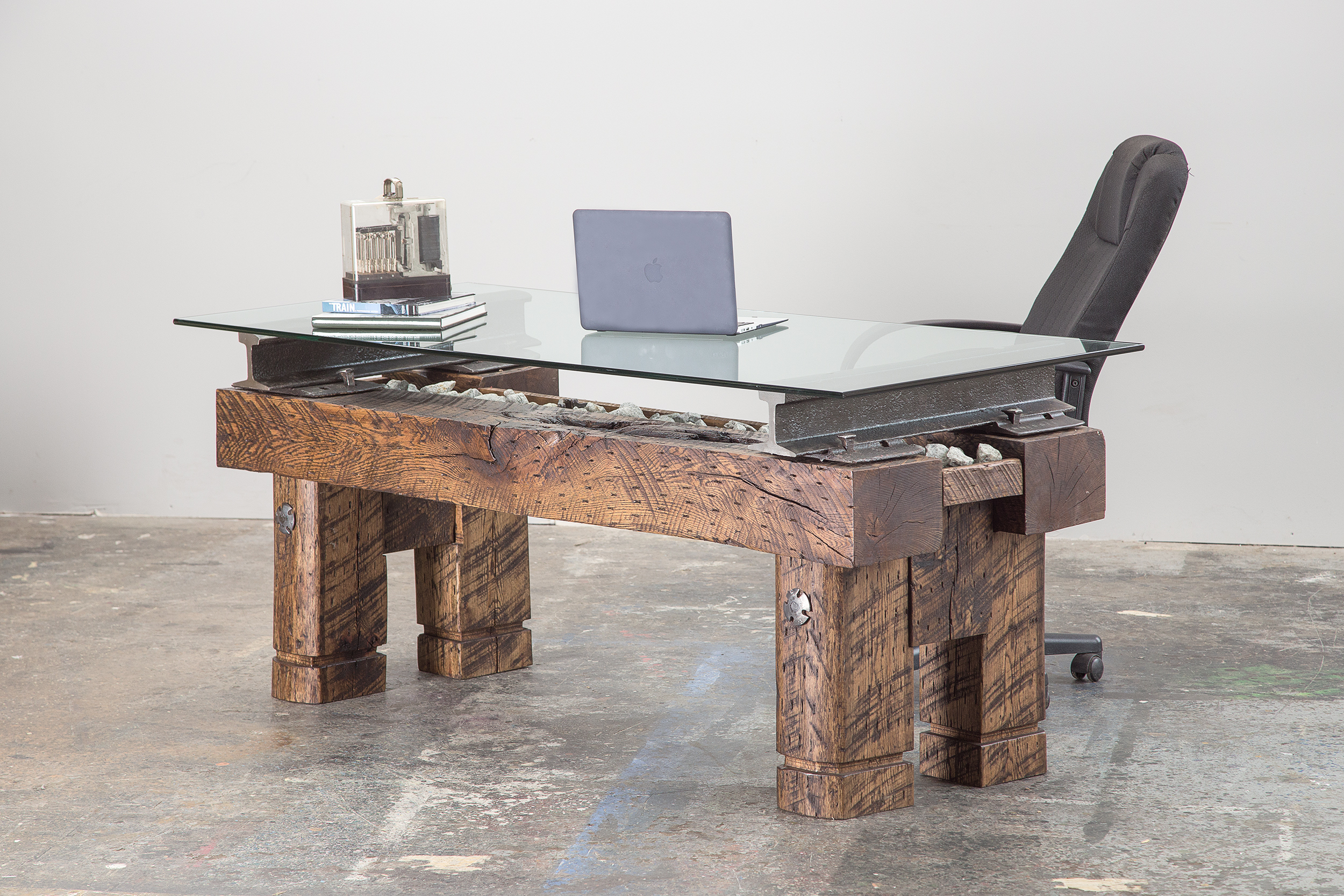
Speaking of Railroad
Posted by Robert Hendrick on Feb 3rd 2021
We’ve developed a passion for railroad. It’s a rich part of American history and a colorful part of language and expressions at home and at work. For our furniture, we often incorporate industry terms into the names of our desks, coffee tables and other creations.
For example, our Ballast Deck Desk makes reference to a style of bridge that has granite stone (ballast) instead of an open deck design. And our Streamliner Conference Table and Streamliner Benches borrow their names from the steam locomotives designed by Raymond Loewy during the early rise of what would become known as Industrial Design.
However, railway terminology and metaphors also run deep in the course of everyday language. Let’s take a look at some of the terms that originate in railroading or at least had railroading help make them part of regular conversation.
For example, if someone claims to have been railroaded in a deal, it means they were forced into something without having any recourse. The terminology stems from the early days of the Industrial Age when railroads took advantage of their position and favor. Railroads would invoke eminent domain to compel property owners to provide right of way through private lands, and to forge their way through natural geographic features with reckless abandon.
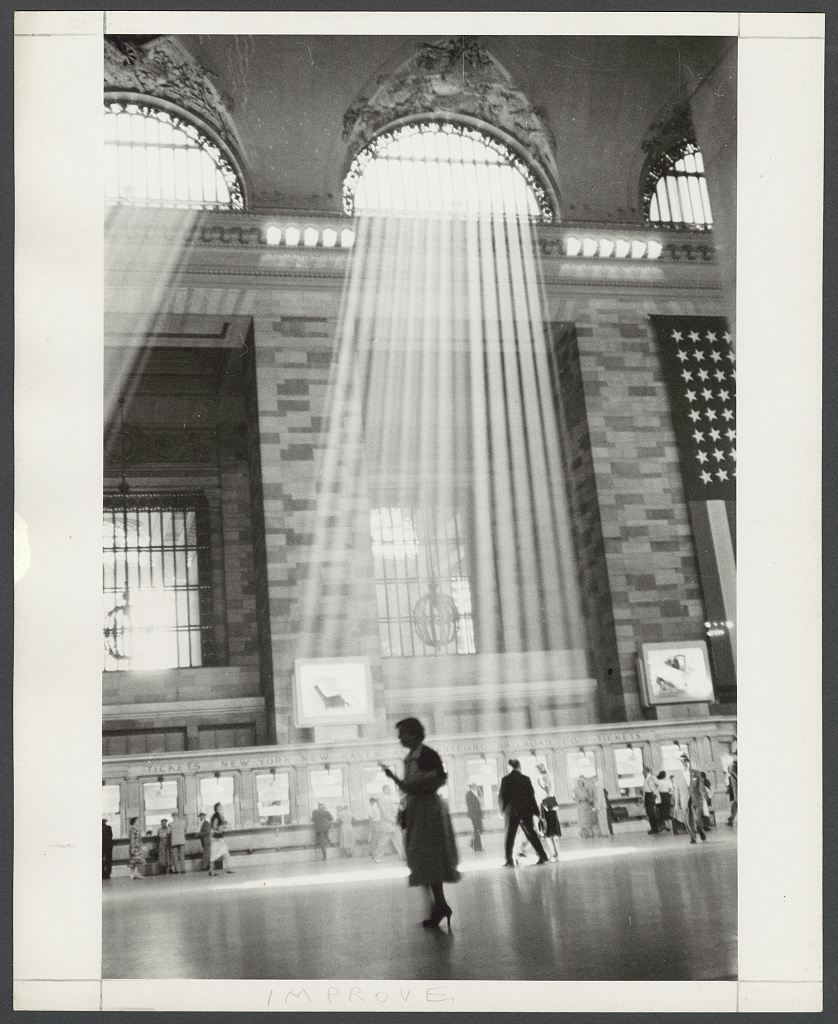 Even today, railroad stations occupy some of the most prominent parcels of real estate in the world in major cities, such as Grand Central Terminal and Penn Station in New York as well as Union Station in Chicago. It’s hardly surprising to learn that stations and depots have their own specific terms woven into our words and phrases.
Even today, railroad stations occupy some of the most prominent parcels of real estate in the world in major cities, such as Grand Central Terminal and Penn Station in New York as well as Union Station in Chicago. It’s hardly surprising to learn that stations and depots have their own specific terms woven into our words and phrases.
FILO or First In Last Out has been used in computer programming, armed forces and other places. The term refers to a train station where tracks ended at the station. The first car in would therefore be the last car out.
On a related note, through stations are also known as FIFO or First In First Out stations. Those stations have tracks that allow trains to travel into and out of the station without changing direction. Larger stations may have both FIFO and FILO tracks.
Speaking of departing the platform, one could say the train has left the station, meaning literally. Figuratively, it means we were late to a deadline, and the option to participate has now passed. We can hear Mama even now admonishing us to be on time lest we miss our scheduled departure.
It takes a while to get a fully loaded train going under a full head of steam. When a steam locomotive had gotten itself up to its full power, it was said to have a full head of steam. Once it reaches full speed, if something goes wrong, there will be a reckoning.
Derailments rank among the most common forms of bad things that happen to trains. If you’ve ever had someone derail the conversation or had your plans derailed, you’ve stumbled into railroad jargon once again. It’s exactly what it sounds like, the train, the conversation or the events have come off their proverbial tracks.
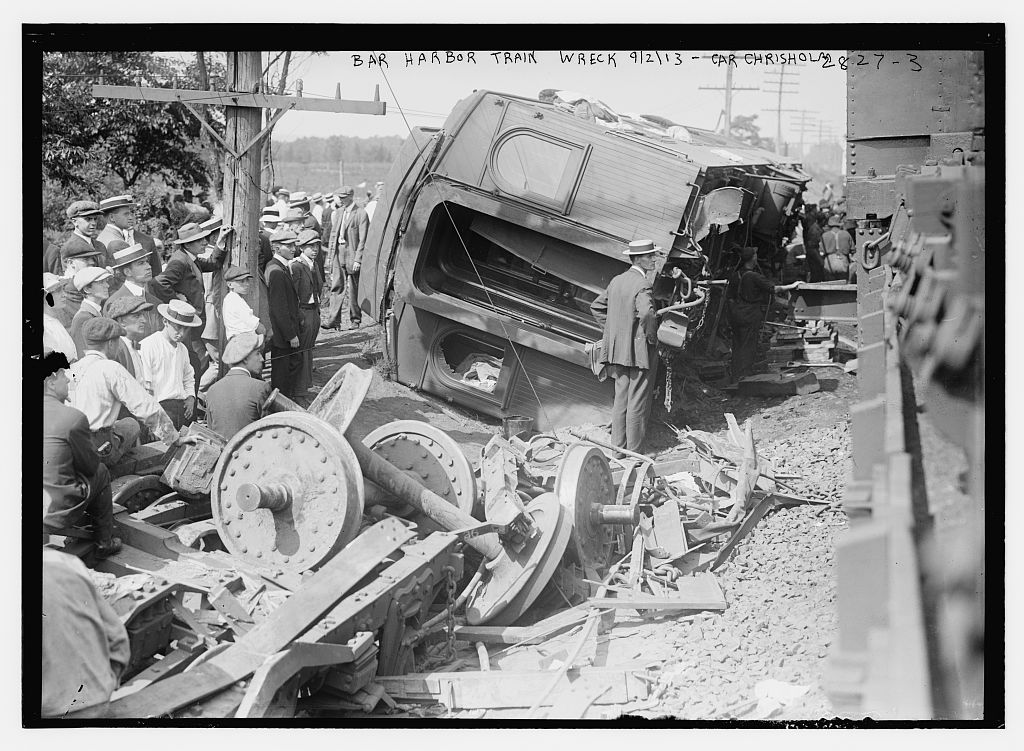
While not everyone has witnessed a literal train wreck in person, metaphorically speaking, we’ve all seen them. It’s a colorful way of intimating that someone has made a mess of their life or that a situation has gone utterly wrong and is unsalvageable.
Personal circumstances aside, some folks just get a tough break from the start if they were born on the wrong side of the tracks. As a hard line in urban areas, the railroad tracks often served as the demarcation point between neighborhoods, oftentimes with one of them being a better spot to live than the other.
Railroads connect communities, too. They run from one city to the next traversing the entire country. On May 10, 1869, the completion of the Transcontinental Railroad would make it possible to travel from New York to Los Angeles by train.
At the celebration during the connection of the 1,912 mile railway line running coast-to-coast, those in attendance were said to have pulled out all the bells and whistles. While it sounds like a reference to all the sounds a fancy new car makes, it’s actually another relic of the railroad. The Central Pacific Railroad Museum points to the Cleveland Daily Leader as the origin of that expression when the Transatlantic Railroad opened up and the Central Pacific set to blowing the whistles and ringing the bells on the locomotives in celebration.
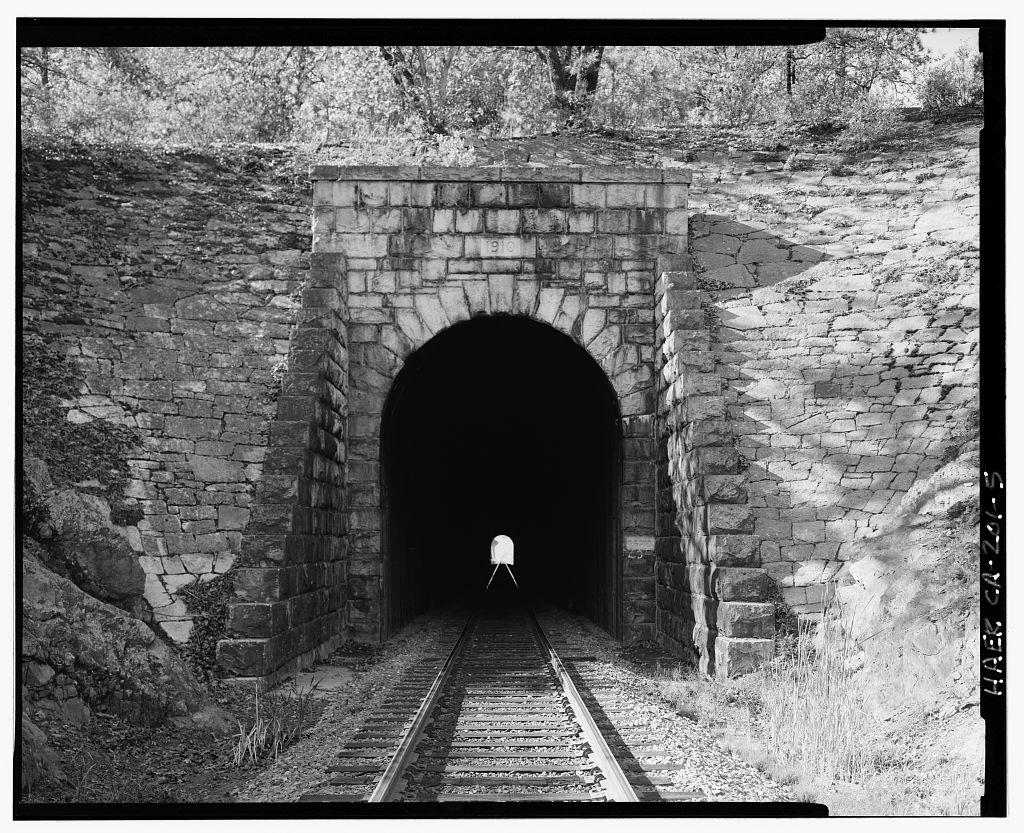
Of course, going transcontinental navigates challenging terrain like mountains. For example, in Colorado and throughout the Rockies there are long tunnels. An optimist will tell you that there’s light at the end of the tunnel, meaning you’re nearing the end of a challenging task. The pessimist may tell you that the light at the end of the tunnel is a train, meaning things are headed for a disastrous outcome. Either way, success can be colorfully described in railroad metaphors.
If you’ve ever been sidetracked from your task, you can thank the railroad for giving you a way to express that, too. Side tracks allow two trains to pass, requiring one train to sit on the siding while the other takes the right of way. Conversely, staying on track refers to remaining on topic.
Remaining on course and on time is critical to success, and the railroad is a very time-conscious business. The familiar image from the movies of a train conductor checking their watch belies the importance of running trains on schedule to avoid mishaps.
In fact, time was so important to the trains that it led to Greenwich Mean Time. The International Time Standard refers to the mean solar time at the Royal Observatory in Greenwich, London. While that may sound pretty high tech and hardly of railroad origin, it is deeply grounded in railroading.
The Greenwich Railroad synchronized times between cities where it ran before signaling was introduced. Their goal was to address the potential for accidents when trains traveling in opposing directions ran off schedule.
Click here for a longer postabout how timekeeping and the railroad are tied together.
While we could go on endlessly as the railroad seem to do, for now we’ve reached the end of the line – oops, there goes another one.
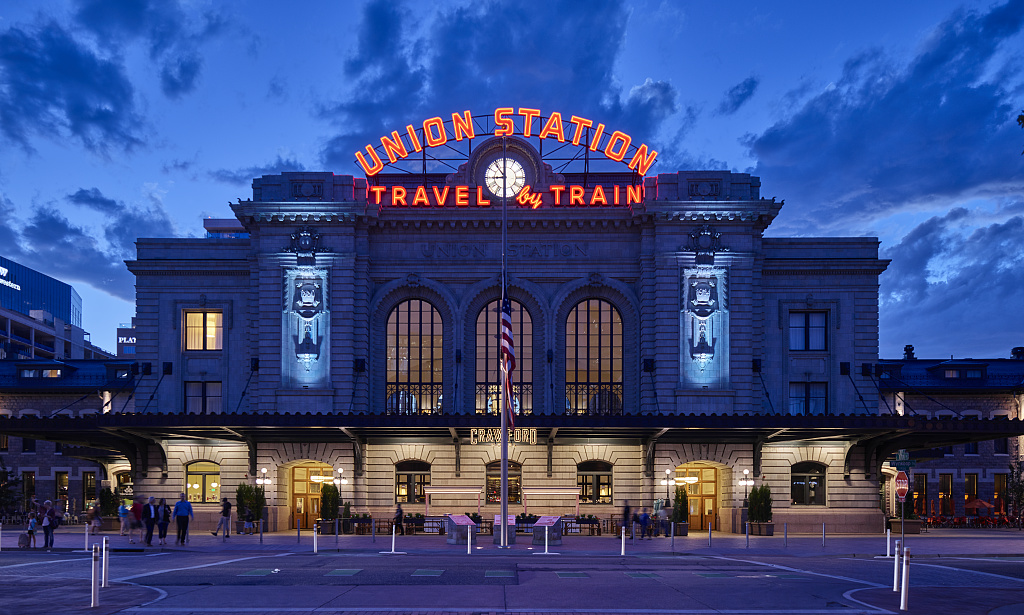
Union Station photo credit: Carol M. Highsmith Photography, Inc. 2017 - courtesy of gift to the US Library of Congress

